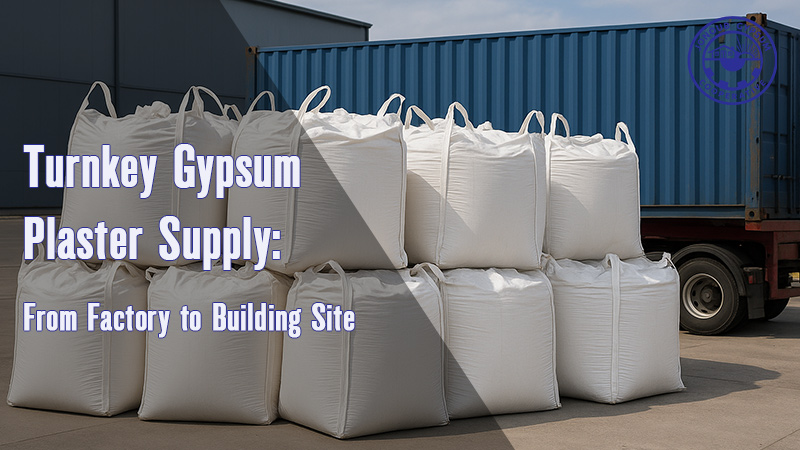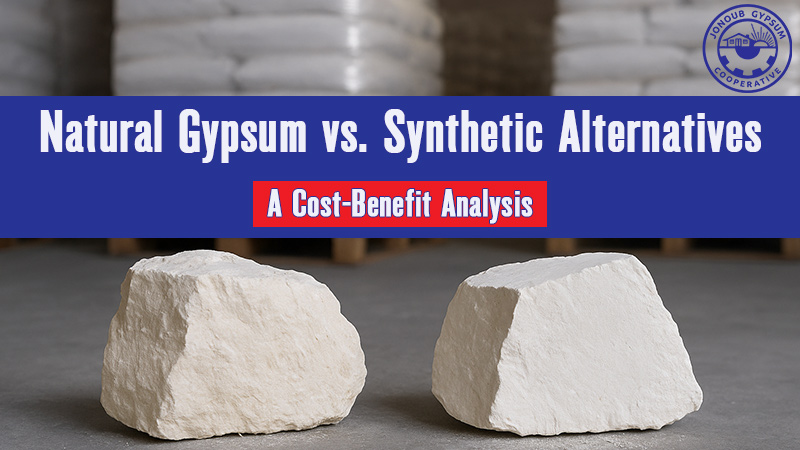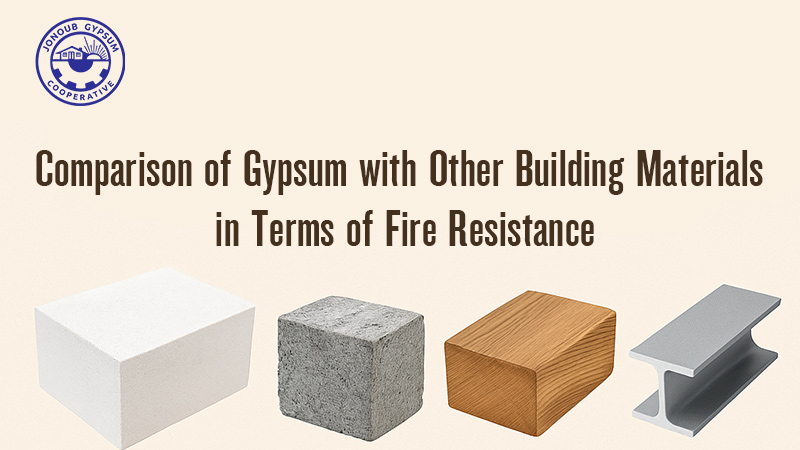
Gypsum plaster has been a fundamental material in construction for centuries, valued for its versatility, ease of application, and durability. In modern construction, it is essential to ensure the quality and consistency of gypsum plaster to meet performance and safety standards. Standardized testing methods are employed to evaluate the physical, mechanical, and chemical properties of gypsum plaster. These tests ensure that the plaster complies with industry specifications, performs reliably, and delivers the desired finish and strength.
Importance of Testing Gypsum Plaster
Gypsum plaster is used in a variety of applications, including wall and ceiling finishes, decorative moldings, and as a substrate for paints. Its performance is influenced by factors such as setting time, compressive strength, workability, and water retention. Testing provides the following benefits:
- Quality Control: Ensures the product meets the required specifications.
- Safety Compliance: Verifies that the material adheres to safety standards.
- Performance Prediction: Assesses long-term behavior under various conditions.
- Troubleshooting: Identifies inconsistencies or defects in manufacturing.
Standard Testing Methods
The most commonly adopted testing standards for gypsum plaster are defined by organizations like ASTM (American Society for Testing and Materials), BS (British Standards), and ISO (International Organization for Standardization). Below are key testing methods:
Purpose:
To determine the chemical composition of gypsum plaster, ensuring it contains the required proportions of calcium sulfate and other components.
Methods:
- Loss on Ignition (LOI): This test measures the amount of chemically bound water in gypsum by heating the sample at a specific temperature (usually around 500–600°C). The weight loss indicates the water content.
- Sulfur Trioxide (SO₃) Content: Determines the percentage of SO₃, a key indicator of gypsum purity.
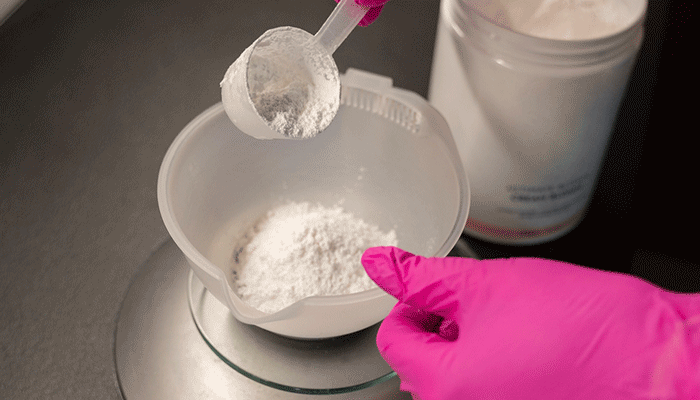
- Fineness Test
Purpose:
To measure the particle size distribution of gypsum plaster, which affects its workability and setting time.
Methods:
- Sieve Analysis: Gypsum plaster is passed through standardized sieves (e.g., 150-micron or 63-micron). The percentage of material retained provides an indication of fineness.
- Blaine’s Air Permeability Test: Measures the surface area of particles, offering insights into the fineness and reactivity of the plaster.
- Consistency and Workability
Purpose:
To assess how easily the plaster can be mixed, applied, and leveled.
Methods:
- Flow Table Test (ASTM C230): A measured amount of plaster paste is placed on a flow table, and its spread is measured after a specified number of table drops. This indicates workability.
- Penetrometer Test: Measures the force required to penetrate the plaster mix, which helps in evaluating consistency.
- Setting Time
Purpose:
To determine the time it takes for gypsum plaster to set from its wet state.
Methods:
- Vicat Apparatus (ASTM C472): Measures the initial and final setting times of the plaster using a needle penetration method.
- Gillmore Needle Test: Uses light and heavy needles to determine the initial and final set times.
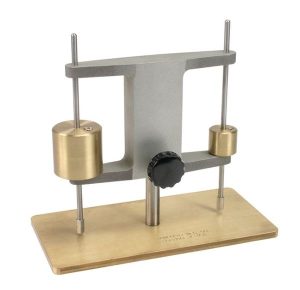
- Compressive Strength
Purpose:
To evaluate the load-bearing capacity of hardened gypsum plaster.
Methods:
- Cube Test (ASTM C472): Gypsum plaster is poured into molds to create cubes, which are cured and tested under a compression machine to determine their strength.
- Flexural Strength
Purpose:
To measure the ability of plaster to resist bending forces.
Methods:
- Three-Point Bending Test: A prism of plaster is supported at two ends and loaded in the center until it fractures. The force applied gives the flexural strength.
- Water Retention
Purpose:
To ensure the plaster retains enough water for proper hydration and setting without drying out prematurely.
Methods:
- Filter Paper Test: Measures the amount of water retained by the plaster against a porous surface.
- Wicking Test: Determines the plaster’s ability to retain moisture under drying conditions.
- Density and Porosity
Purpose:
To evaluate the plaster’s weight and void content, which affect its strength and thermal properties.
Methods:
- Bulk Density Test: Measures the mass of a known volume of plaster.
- Porosity Test: Determines the percentage of voids within the plaster by measuring water absorption.
- Durability Tests
Purpose:
To assess the plaster’s performance under environmental stressors such as humidity, temperature fluctuations, and mechanical wear.
Methods:
- Freeze-Thaw Cycle Test: Evaluates the plaster’s resistance to freezing and thawing conditions.
- Abrasion Resistance Test: Measures the wear and tear on plaster surfaces when subjected to friction.
Factors Affecting Test Results
Several factors influence the outcomes of gypsum plaster tests:
- Raw Material Quality: Variations in gypsum purity or additives can impact results.
- Mixing Proportions: Incorrect water-to-plaster ratios affect consistency and strength.
- Testing Conditions: Ambient temperature, humidity, and curing times must align with standards.
- Operator Technique: Skilled handling is crucial for obtaining reliable and repeatable results.
Applications of Test Results
The insights gained from gypsum plaster testing are utilized in various ways:
- Manufacturers: Ensure product consistency and compliance with standards.
- Construction Projects: Select suitable plaster types for specific applications.
- Quality Assurance: Identify and address defects early in the production or application process.
Conclusion
Standard testing methods for gypsum plaster play a critical role in the construction industry, ensuring the material performs as intended under diverse conditions. From evaluating chemical composition to testing mechanical properties, these standardized procedures provide a framework for consistency, safety, and reliability. As construction techniques evolve and sustainability becomes a greater focus, ongoing advancements in testing methods will help ensure gypsum plaster remains a cornerstone of modern building practices.

